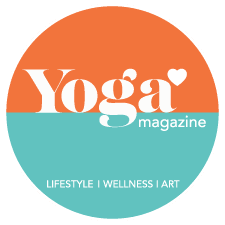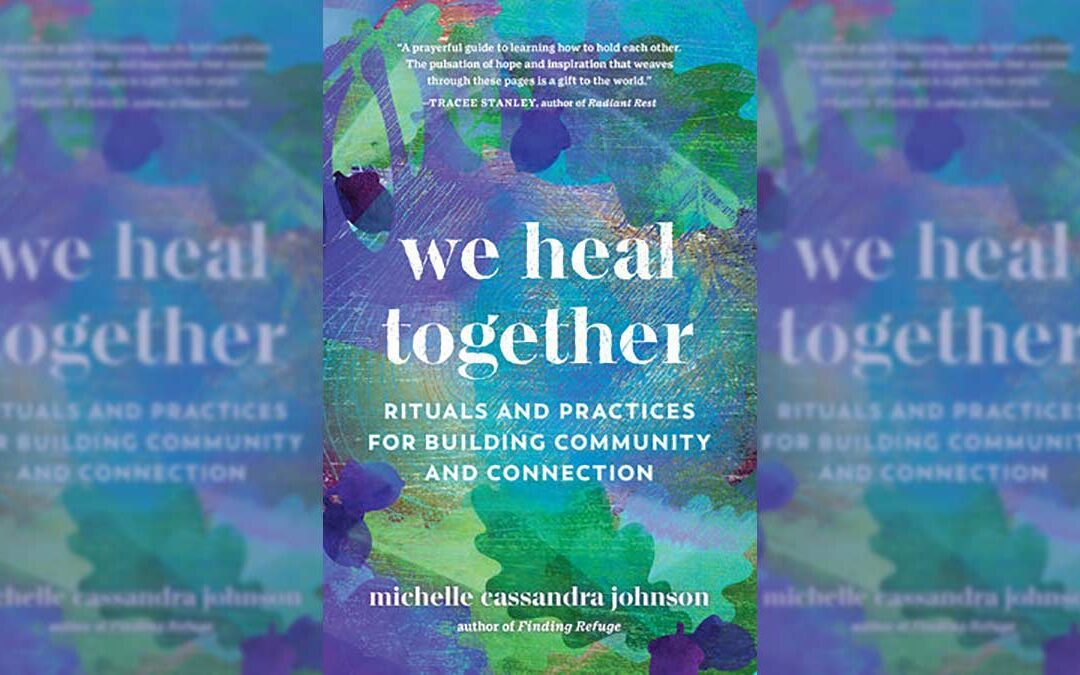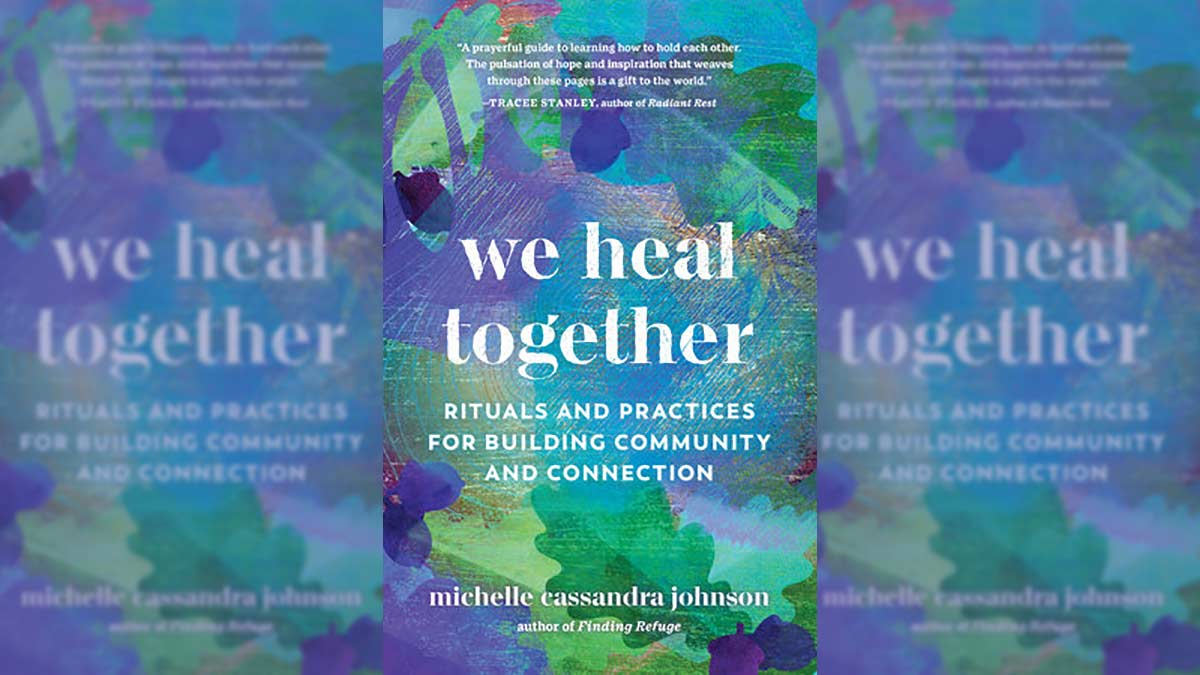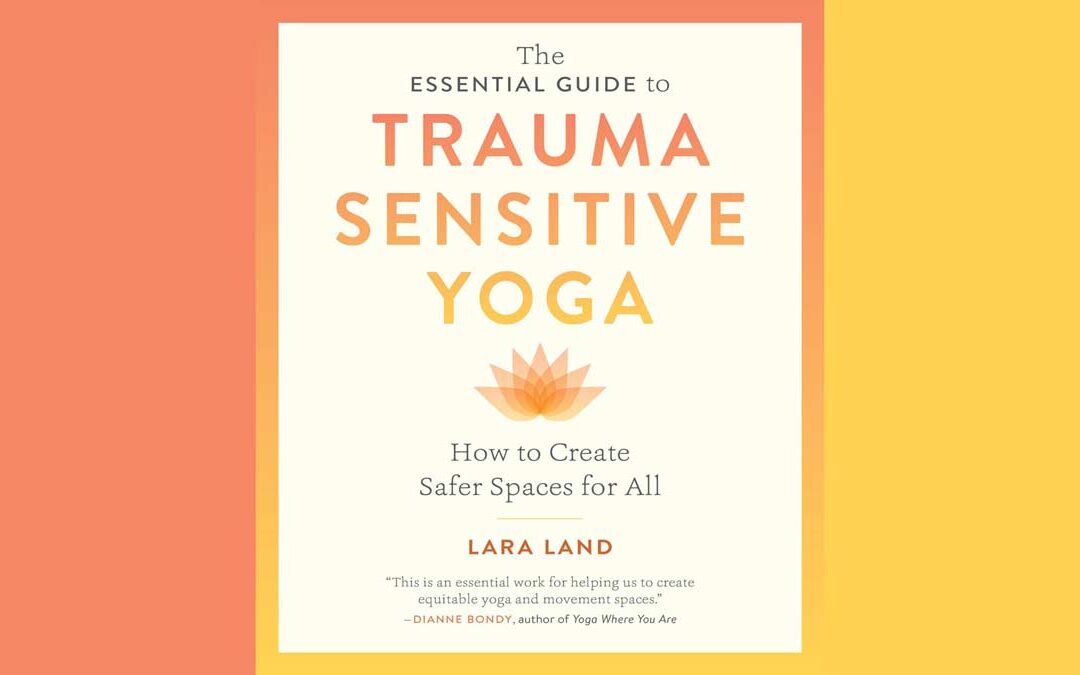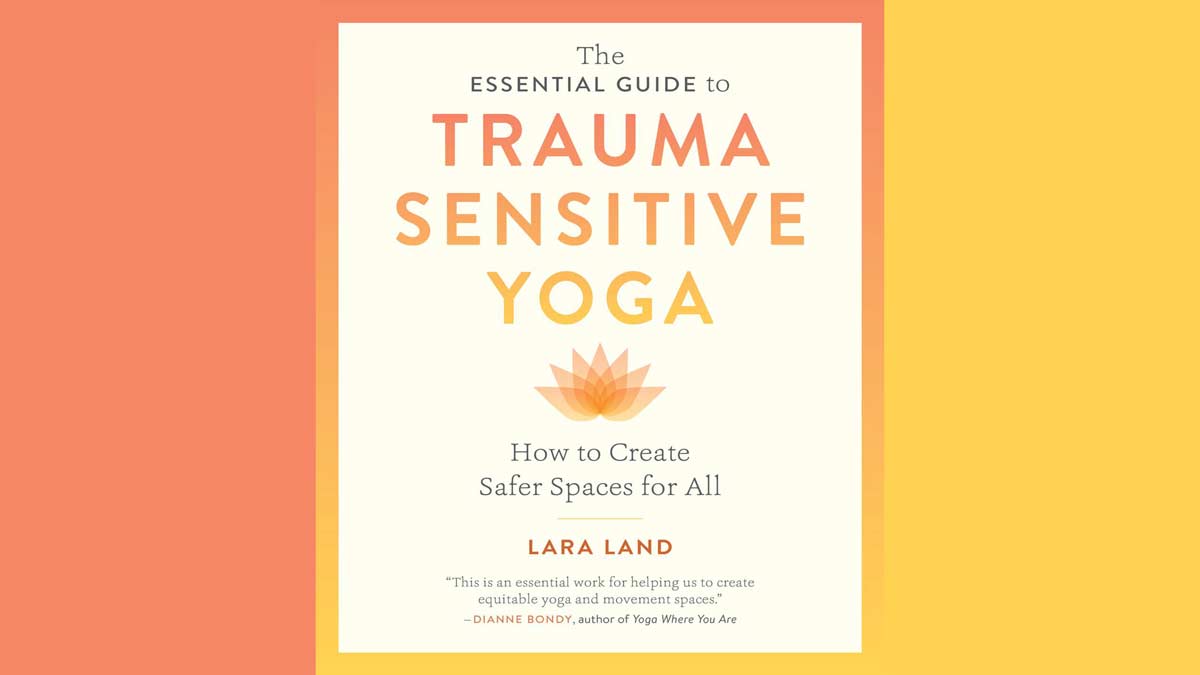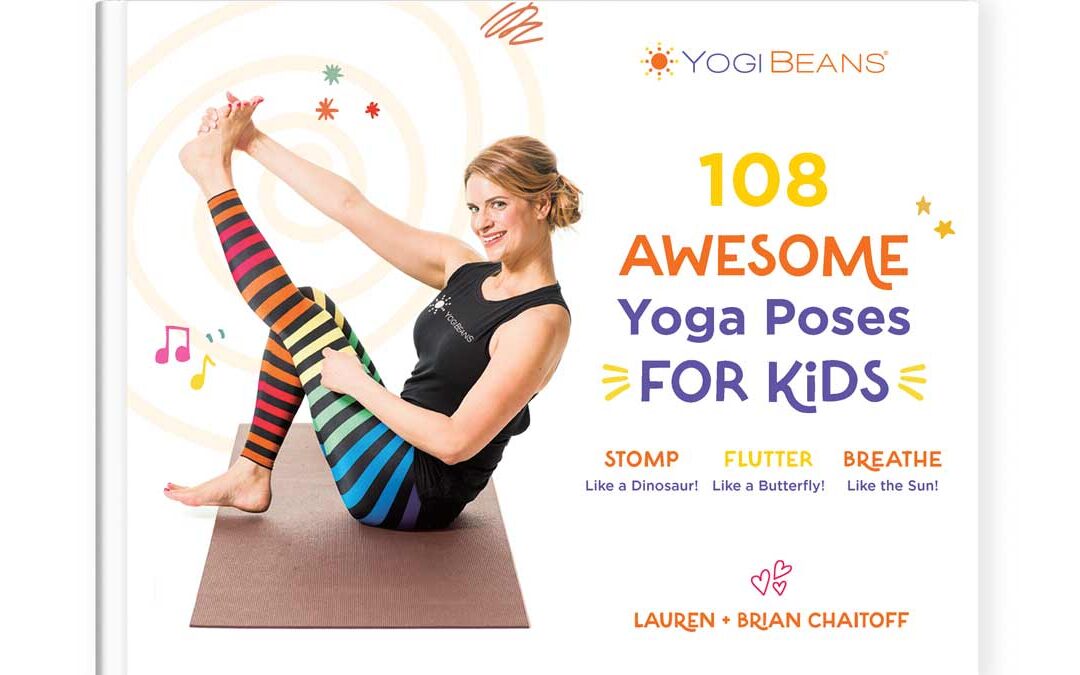
108 Awesome Yoga Poses For Kids
108 Awesome Yoga Poses For Kids
Book by Laura & Brian Chaitoff
BOOK CLUB
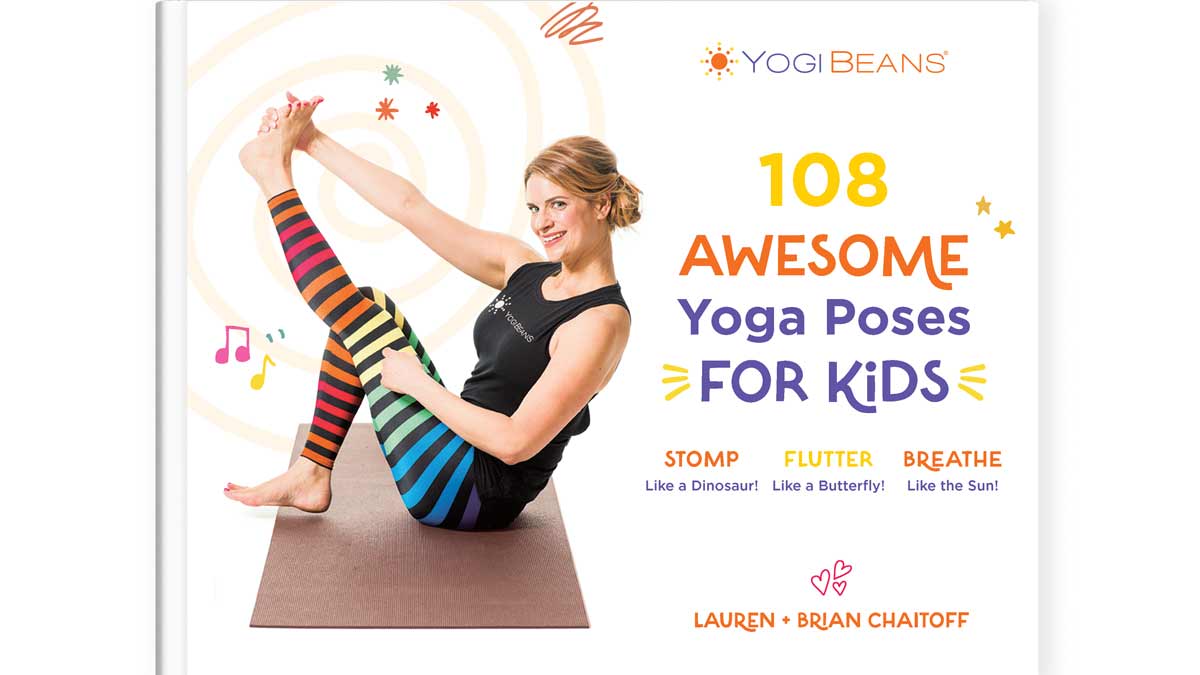
Bright colorful pictures fill each page showcasing different poses along with directions on how to complete the pose, age recommendations, and a value to focus on. This book is divided into several themed sections to help with planning out classes. If a teacher is stuck on time, they can pull out this book and use it as a reference when planning fun classes for their students, such as a trip to the farm, blasting off to outer space, taking a wild safari ride or going under the sea. I find that most helpful as teachers are always searching for innovative ways to expand their classes. Children are encouraged to use their imaginations and their bodies in these adventures. Giving children choice of where they would like to go allows them some flexibility and builds their independence. It also builds their love of yoga as they begin to explore more.
Children can use this book on their own as well to practice one pose each day or choose a new theme each week. They can practice alone, with a partner or with their whole family! This allows them time to warm up to creating their own yoga practice and finding ways to share with a friend. They can explore the poses, make mistakes, try different ways to express themselves all without needing to be in a class. The hope is that this will eventually lead to a daily practice of their own.
Why 108 poses? Is that all there is available to children? Of course not! But Lauren explains the significance of the number 108 in different cultures and traditions. And I think it’s a wonderful way to give children choice but not overwhelming them all while connecting back to spiritual and significant meanings.
Teachers, I highly recommend bringing this book into your next class and who knows maybe you will even inspire the next set of yoga teachers!
Tashya Knight is the founder of Wellness 13, a Wellness Lifestyle Coach, Yoga Teacher and member of the Yoga Love Magazine team. Learn more about Tashya here
